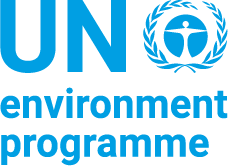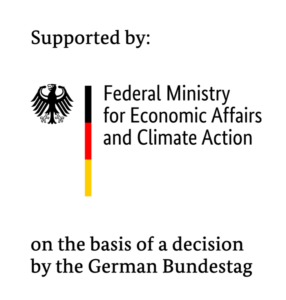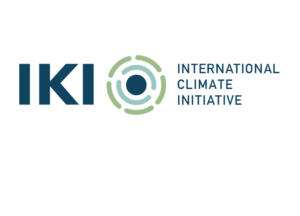The Project
The project aims at proving the economic and financial viability of captive solar PV solutions to increase the uptake of such installations by various C&I customers in our partner countries. This will help the industrial sector to expand and grow, thereby helping these countries reach “middle income status” as well as achieving the climate and development goals of the Paris Agreement.
To meet the climate and development goals of the Paris Agreement, the 2030 Agenda, as well as the Agenda 2063 of the African Union, developing countries will strive to grow using a low-carbon development pathway, minimizing their emissions whilst ensuring development of their economies. Renewable energy will be a key part of their strategy to do so, with localized solutions for industry holding great potential.
The project aims to strengthen the ability of the four identified countries – Ghana, Kenya, Nigeria and South Africa – to move towards low carbon-emitting development strategies in order to have sustainable development and overall human well-being. It also contributes to several Sustainable Development Goals, including
- Climate Action (SDG 13),
- Responsible Consumption and Production (SDG 12),
- Affordable and Clean Energy (SDG 7), and
- Industry, Innovation and Infrastructure (SDG 9).
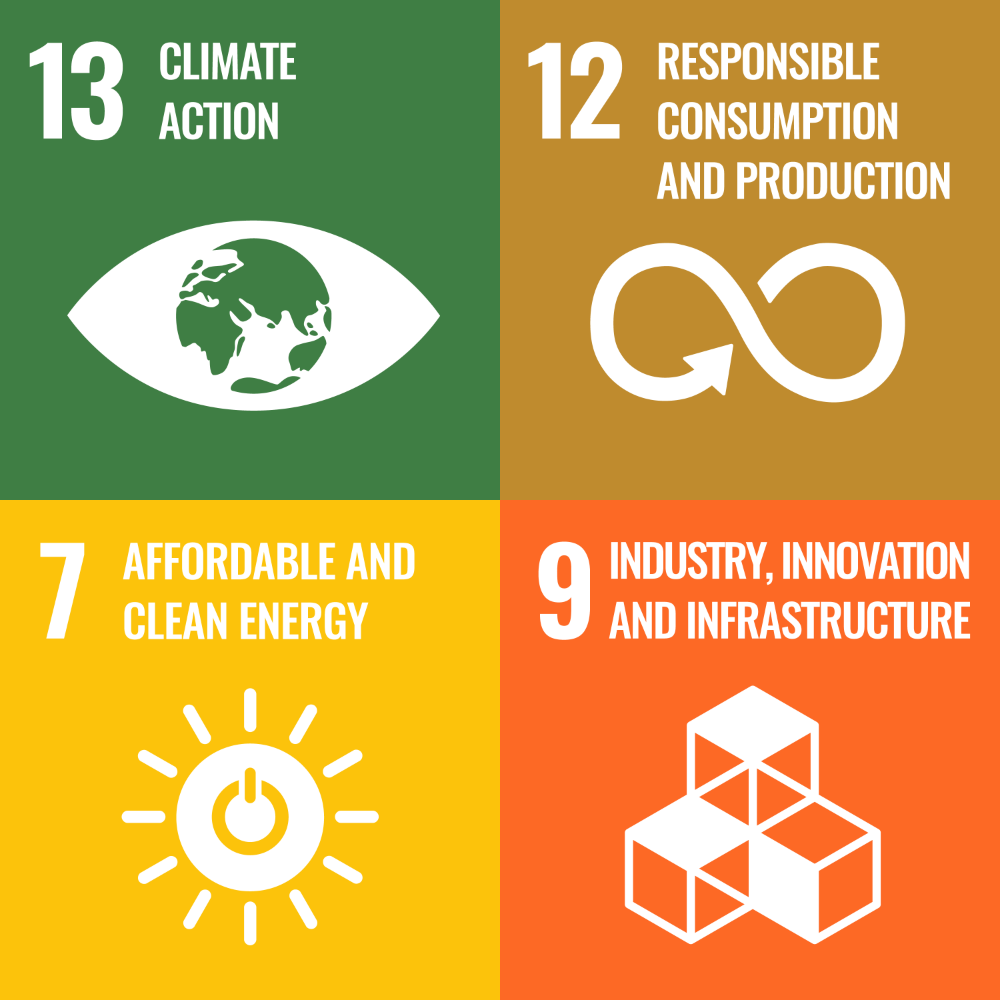
What are captive installations?
Captive installations refer to the energy generating technologies, which are installed by industrial or commercial organizations on their sites. They are deemed “captive” because the electricity produced is generated for the plant’s own use (and sometimes for neighbouring communities’), not sent to a third-party or to the national grid. In another word, such power installations generated power to be utilized by the owner of the plants, and “clean” captive installations refer to those installations powered by renewable sources of energy, such as solar or industrial waste.
Benefits
Captive renewable energy installations alleviate the pressure of electricity generation from national grids and reduce industrial clients’ needs to rely on private supplementary fossil-fueled generators, which are expensive to run. These clean captive installations are frequently referred to as second generation of renewable energy business models, as they do not rely on national governments’ incentivizing policies to enhance the deployment of clean energy technologies.
Project activities
To achieve project’s goal, our activities fall under four components:
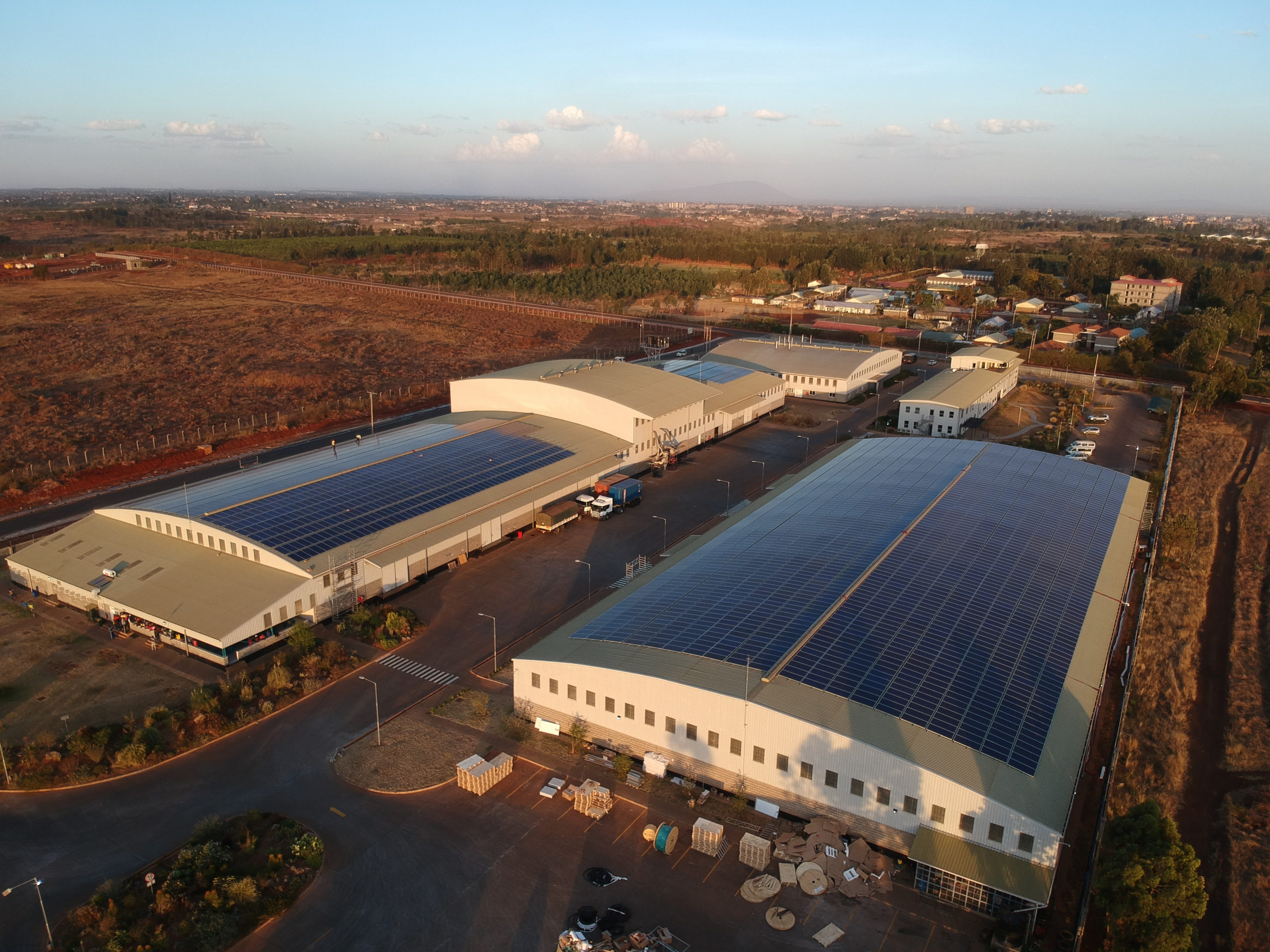
Project Awareness
The project will raise awareness amongst industry players, financiers and governments, and support dissemination of clean modern energy technology and leapfrogging of the right business models in the countries in Sub-Sahara Africa.
Engaging with national public authorities and private sector actors, the project focuses on the financial barriers that hinder the greening of private clean energy generation installations. Industrial actors could turn to available and cost-competitive captive renewable energy sources but are often reluctant to increase their capital intensity for non-core business activities and find it difficult to access third party finance for diverse reasons.
